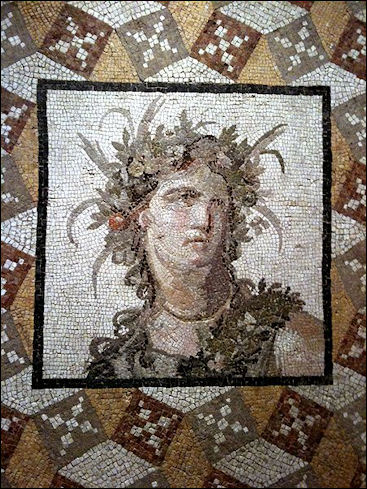These communications are meant to alleviate fear about returning to services. My first decision about whether to return to a service was to go to get my yearly mammogram in May. The radiography department is within the local hospital. I did not get a letter or any information about what they would be doing to make me safe or feel safe. I had to call myself, and they told me what I would be doing to make others safe.
These letters, on the other hand, included information about what “we” were going to do, in addition to what “you” would be required to or could do. They were each carefully crafted. Thus, I believe they offer an opportunity for faculty to help students note the rhetorical urgency of these letters and even suggest the importance of learning to write with rhetorical sensitivity to students who may not think they will have this need in their future workspaces. I will analyze three letters--especially format, greeting, and point of view--as a model for rhetorical analysis for composition or humanities courses in the early fall. And I will try to use a rhetorical strategy myself--writing as briefly as I can.
These are the three that I am choosing to analyze:
- From a dentist, on colorful, business-designed stationery including bullet points
- From a church, two full white pages with some bullets in which a participant has to answer “yes”
- From a massage therapist, full white two pages with numbered guidelines and bullets of suggestion and a graphic at the end with two hands held together with roots coming out
The textual conventions of bullets or numbers work to make the message clear and easy to read. The letter from the dentist is crammed together with no spaces between lines, clearly attempting at making a one page letter.
All three use a formal letter writing strategy in a “block” format that includes their address at the top. The greeting is carefully considered to create a caring tone: “Dear Patient,” from the dentist; “Dear Friends of Christ,” from the church; and “To my amazing clients,” from the massage therapist. The first line from the dentist and the church focuses on the care in safety and wellness. Surprisingly, the massage therapist’s letter begins with her feelings and connecting them to others: “waking every morning to a new episode of the twilight zone...challenging in completely new and sometimes scary ways...Transitioning our…’new normal’...a steady decline...makes it feel like the sun is shining once again. I feel you. I am right here with you. We are all in this together.” This letter shares raw feelings as a way of connecting to the clients.
All of them have a “we” voice at some point but then shift to a “you” point of view. The dentist begins: “We have been thinking about you and hope that you and your family are safe and healthy. Everyone has been through a lot.” This sentiment is in all of the letters, a reassuring acknowledgement of community experience. Then the letter shifts back and forth between what “we” will do (e.g. wear masks, allow more times between appointments) and what “you” will do (e.g. come alone if possible, wear masks). Though the letter from the church is also written by one person, it quickly shifts from “I” to “we” (we have decided, we have limited space, we need volunteers) and then moves to what “you” will be required to do.
The attempt to modify fear is a purpose with comments like “[we have] extended the dispensation for the Sunday obligation to all the faithful until August 30th. No one should feel obligated to attend Mass, nor should anyone risk the health and safety of another person to attend.” Likewise, the letter from the massage therapist discusses what “we” will do and then shifts to what “you can do to help.” The letter also includes qualifiers: “Is it perfect? No. Can we guarantee 100% protection from pathogens? Unfortunately no.” Somehow admitting that there is an understanding that there are still risks feels comforting. Both the dentist and massage therapist acknowledge information from the CDC and professional organizations. Although all of the contact information is provided in the letters, only the dentist actually offers patients to call if they have questions.
The challenge in analyzing letters in the fall might be that some students did not get letters or they threw them away. If they can recall any of interest to them, they could ask for another letter from a service provider or business. Some of the letters might even be included on a website. During campaigns I use flyers that reach my door to teach rhetorical analysis, especially for school boards and other local candidates. Although letter writing in the form of a “cover letter” is seen as a technical writing component and needs to be a part of their writing repertoire for job-focused students, analyzing letters together might help expose students to the need to consider rhetorical choices in their writing in specific and unexpected situations that we will encounter in the future. This pandemic has given us many opportunities to connect the world to the classroom, and I believe that analyzing these timely letters is one of them.



